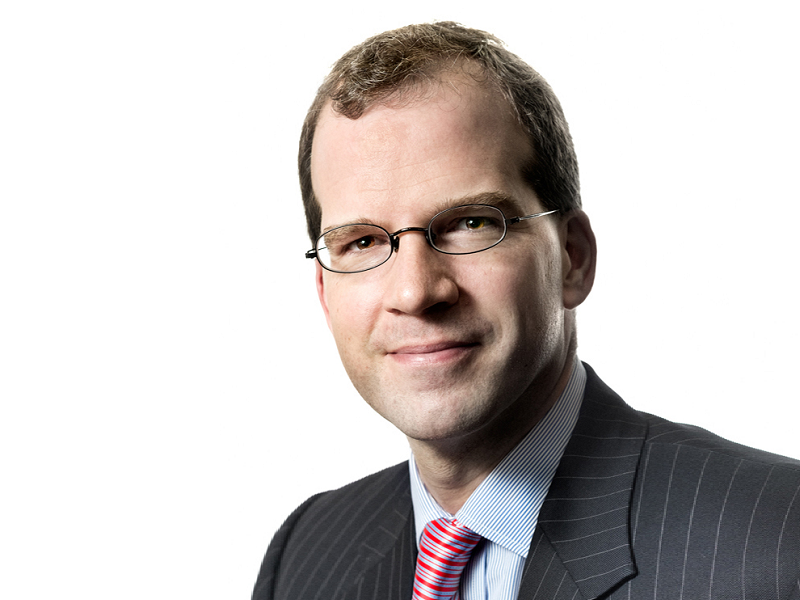

King Midas’ gold-heavy investment portfolio wasn’t built for long-term growth, rather as an effective hedge against long-term inflation.
“The 150-year real return of gold has been plus 0.2 per cent, so it’s not a very attractive asset from a long-term perspective,” said Inigo Fraser-Jenkins, co-head of institutional solutions at AllianceBernstein, during a session at the Canadian Investment Review‘s 2022 Global Investment Conference in April. “But there can be periods when it can significantly outperform the traditional 60/40 portfolio — and the main idea is that this is an asset which can diversity against inflation.”
Read: Maximizing the certainty of an outcome — it isn’t just death and taxes
In a time where inflation is expected to remain above two per cent, gold’s ability to preserve its value adds to its lustre. Just how lustrous the precious metal’s market performance will be over the next decade depends on how severe inflation becomes. One reason to be drawn in by its glitter is that the debt-to-gross domestic product ratio in the world’s developed nations is at an historic high.
“We’ve got the same level of debt as at the end of World War II. Back then, it was possible to grow out of that debt situation, given much more favourable demographics the need to rebuild the global capital stock. But we don’t have those engines of growth available now. And also, I’d argue that it’s socially and politically very hard to get out of debt through austerity. That makes the relative attractiveness of inflating out of this debt, at least in part, something that may well be on policy-makers’ minds.”
While Fraser-Jenkins avoided making a firm prediction on where inflation would go in the medium term, he said the new equilibrium between upward and downward inflationary forces is likely to be significantly above pre-pandemic levels — perhaps even as high as three per cent per annum. In such an economy, gold may not be the only thing that should gild portfolios.
Read: Unlocking investment innovation in Canada’s Indigenous communities
“Prior to the pandemic, I wrote a note declaring that Bitcoin and other crypto assets have no role in asset allocation. I’ve changed my view on this,” he said. “I think that we are in a new regime, a very different kind of policy environment, one where debasement risk for currencies is somewhat higher over strategic horizons. And also, there is going to be just a much greater need to find sources of diversification and sources of inflation.”
While Fraser-Jenkins conceded there hasn’t been any recent empirical evidence to suggest cryptocurrencies can serve as an effective hedge against inflation, he argued that may be well-suited to a world governed by people comfortable with inflating debt-addled economies.
“I find it difficult to make the claim that crypto could be better than gold in a portfolio in this context given the limited history of the asset. But the outlook is one that could see both as assets rise in tandem.”
Read more coverage from the 2022 Global Investment Conference.
